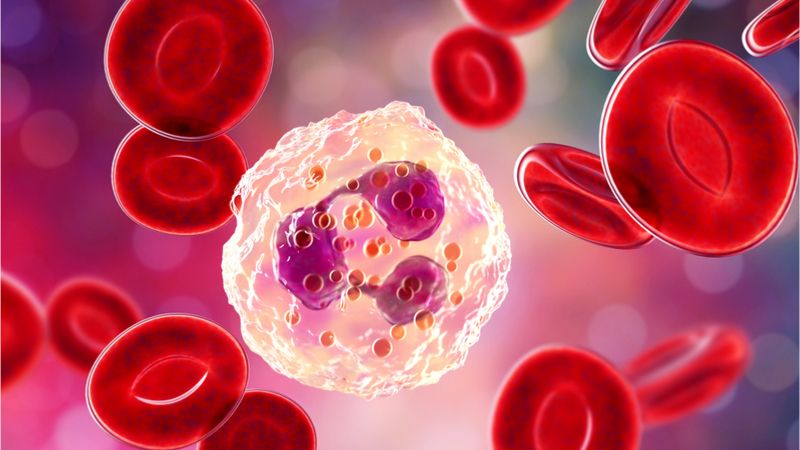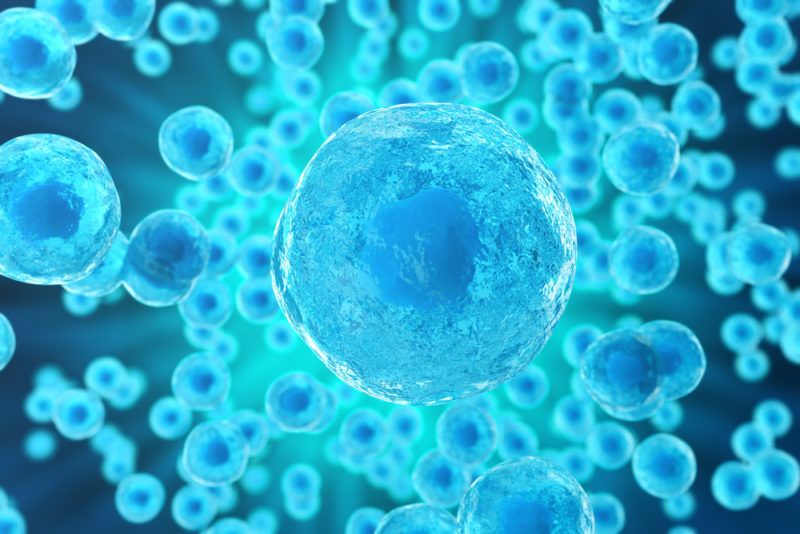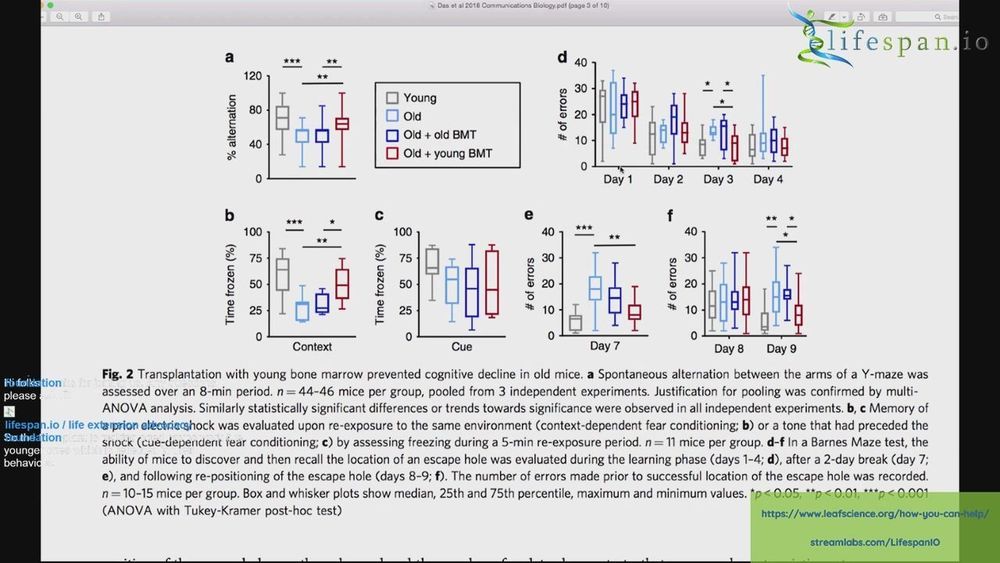Mar 26, 2019
Chronic Inflammation Leads to Toxic NET Buildup
Posted by Steve Hill in categories: biotech/medical, life extension
A new review discusses how neutrophils release toxic substances into the body under inflammatory conditions, detailing one of the ways in which chronic inflammation causes long-term damage.
Casting a deadly NET
As we age, we suffer from the ever-increasing chronic inflammation known as inflammaging. This persistent, smoldering background of low-grade inflammation harms wound healing and promotes multiple age-related diseases. Senescent cells, a weakened immune system, and chronic infections are all proposed to contribute to inflammaging.
Continue reading “Chronic Inflammation Leads to Toxic NET Buildup” »


















